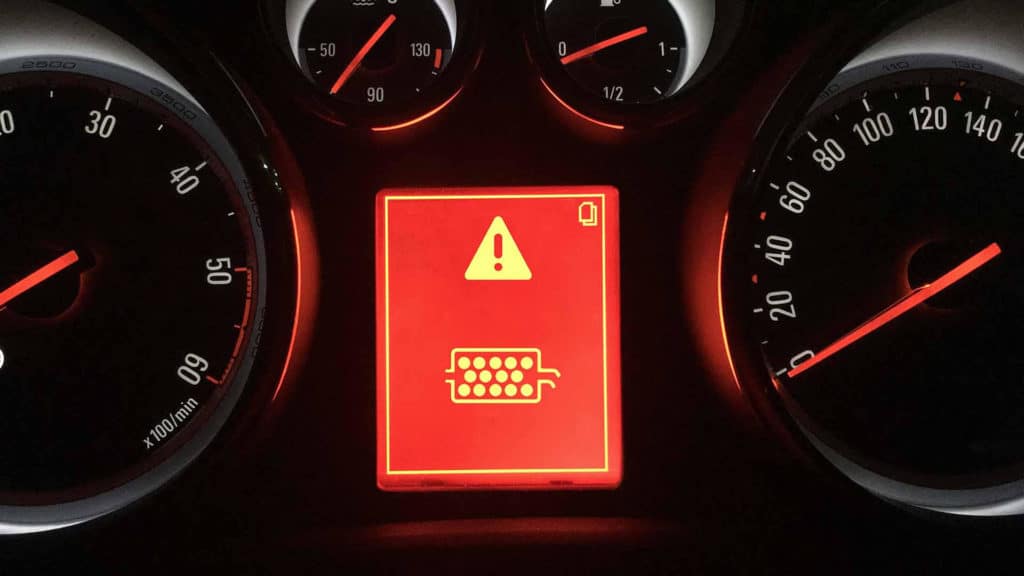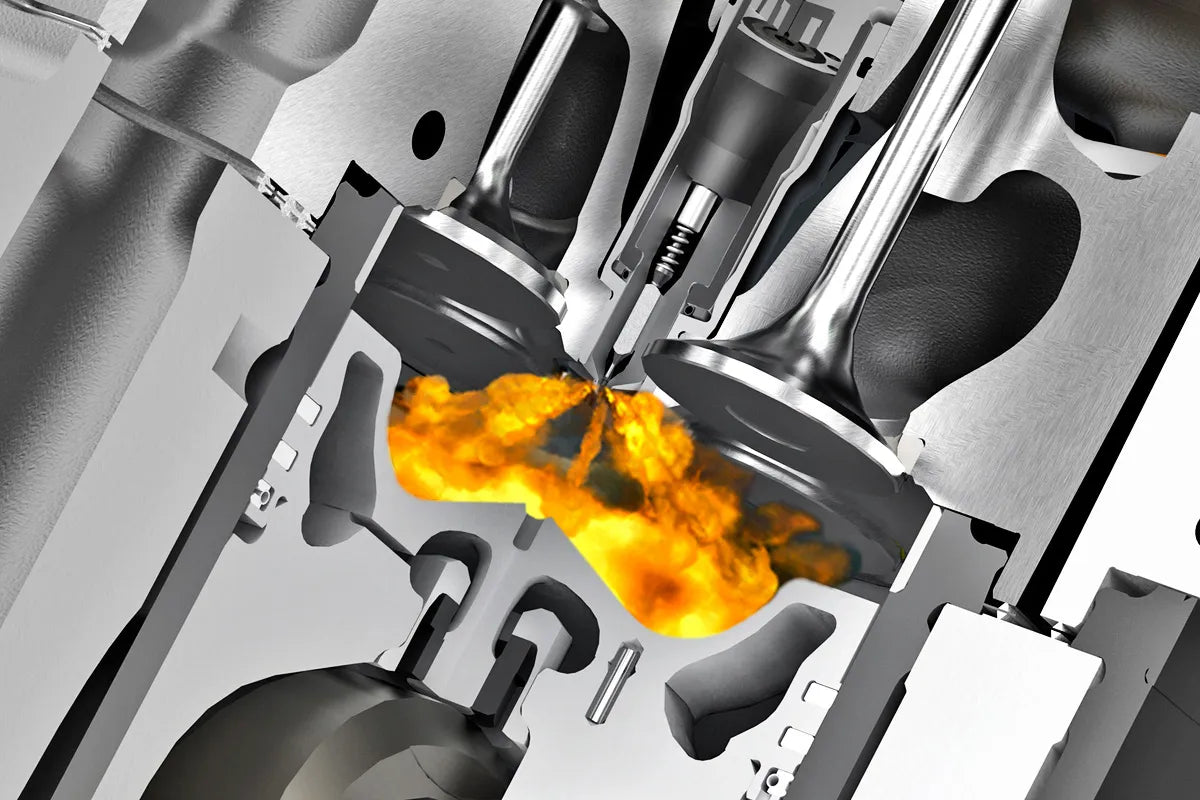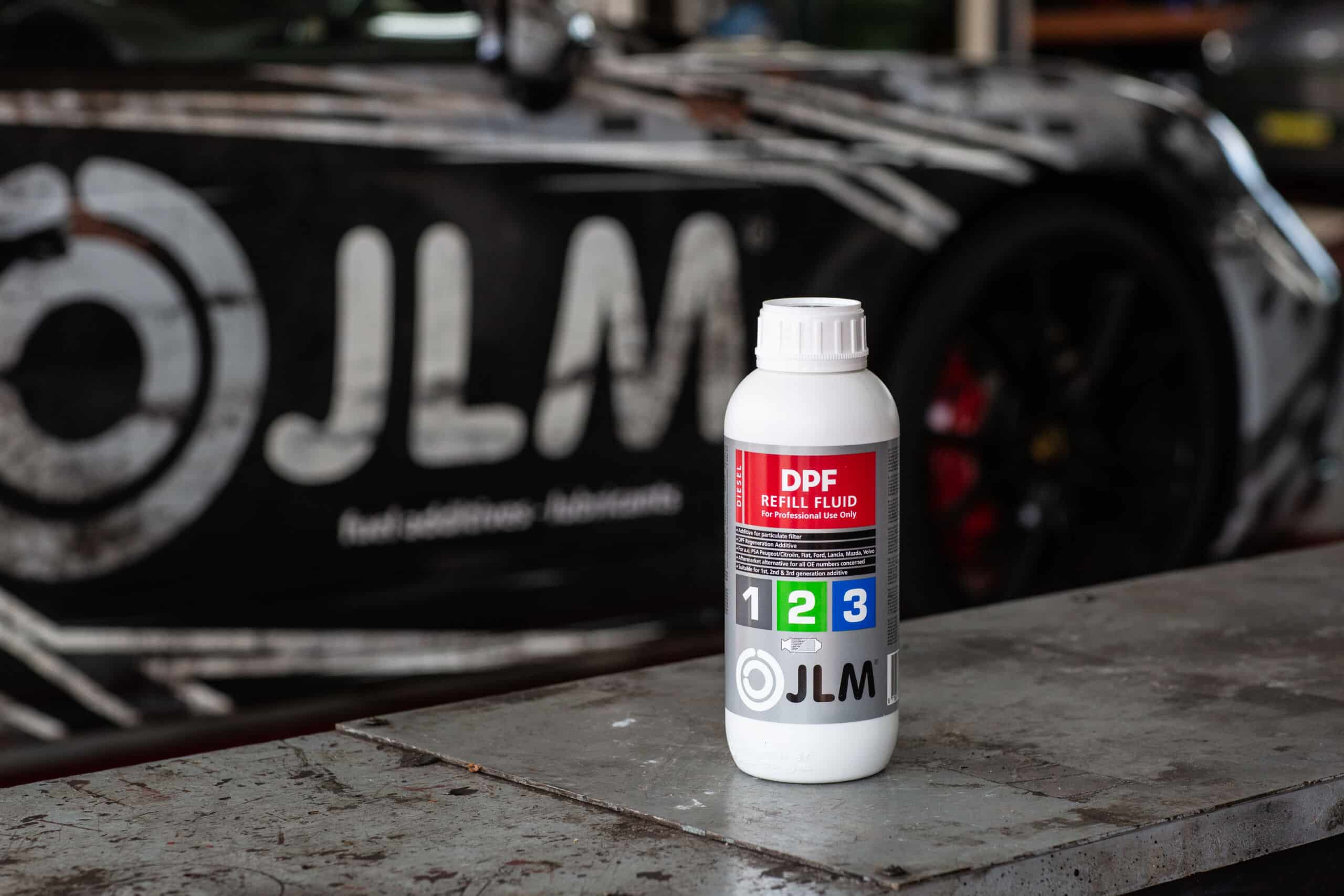
10 Common fault codes related to DPF problems, and how to deal with them.
1. P2002 - Diesel Particulate Filter Efficiency Below Threshold: This code indicates that the DPF is not functioning efficiently, likely due to excessive soot buildup. Solutions include performing a highway drive after adding JLM DPF Cleaner fuel additive (J02210) to initiate a proper regeneration, cleaning the DPF with JLM’s 2-stage DPF Cleaning Treatment (J02250/J02230), or replacing it if cleaning is ineffective.
2. P2463 - Diesel Particulate Filter Restriction - Soot Accumulation: This code indicates that the DPF is becoming restricted due to excessive soot accumulation. Solutions include performing a highway drive after adding JLM DPF Cleaner fuel additive (J02210) to initiate a proper regeneration, cleaning the DPF with JLM’s 2-stage DPF Cleaning Treatment (J02250/J02230), or replacing it if cleaning is ineffective.
3. P242F - Diesel Particulate Filter Regeneration Incomplete: This code indicates that the DPF regeneration process did not complete successfully. Check for underlying issues such as faulty sensors, injector problems, or exhaust leaks that may be preventing proper regeneration. JLM DPF ReGen Plus fuel additive (J02200) will assist the DPF to complete a proper regeneration cycle.
4. P244A - Diesel Particulate Filter Differential Pressure Too Low: This code indicates that the pressure difference across the DPF is too low, which could be due to a faulty differential pressure sensor, clogged DPF, or exhaust system leaks. Inspect and replace the sensor if necessary, and clean or replace the DPF as needed.
5. P2458 - Diesel Particulate Filter Regeneration Duration: This code indicates that the duration of DPF regeneration is too long, possibly due to excessive soot accumulation or inefficient regeneration. Check for proper airflow, injector operation, and exhaust system integrity. JLM DPF ReGen Plus fuel additive (J02200) will assist the DPF to complete a proper regeneration cycle.
6. P2459 - Diesel Particulate Filter Regeneration Frequency: This code indicates that the frequency of DPF regeneration is too high, which could be caused by frequent short trips or other driving patterns that don't allow for proper regeneration. Educate the vehicle owner on driving habits that facilitate DPF regeneration.
7. P246C - Diesel Particulate Filter - Soot Accumulation for Bank 1: This code specifies which bank of cylinders is experiencing soot accumulation in the DPF. Follow similar procedures as other codes related to soot accumulation, such as performing a highway drive after adding JLM DPF Cleaner fuel additive (J02210) to initiate a proper regeneration, cleaning the DPF with JLM’s 2-stage DPF Cleaning Treatment (J02250/J02230), or replacing it if cleaning is ineffective.
8. P246B - Diesel Particulate Filter - Soot Accumulation for Bank 2: Like P246C but indicates the other bank of cylinders experiencing soot accumulation.
9. P2452 - Diesel Particulate Filter Pressure Sensor Circuit Low: This code indicates a low voltage signal from the DPF pressure sensor, potentially due to a wiring issue or sensor failure. Check the sensor wiring and connections and replace the sensor if necessary.
10. P2453 - Diesel Particulate Filter Pressure Sensor Circuit High: This code indicates a high voltage signal from the DPF pressure sensor, which could also be caused by wiring issues or sensor failure. Check the sensor wiring and connections and replace the sensor if necessary.
For any of these fault codes, it's important to follow manufacturer-specific diagnostic procedures and recommendations to accurately diagnose and resolve the issue. If unsure, consult technical documentation or seek assistance from a specialist professional motor mechanic.
TIP: Sometimes the OBD reads the differential pressure incorrect. To guarantee correct diagnosis JLM strongly advises to use a manometer to bypass the OBD system and to obtain the correct pressure readings to establish if and how bad the DPF is blocked. And of course, repeat the same reading after the cleaning process to check the effect of the cleaning process.
Follow jlmlubricants.com for more blog articles on how to repair over replace using JLM’s technical lubricants.


